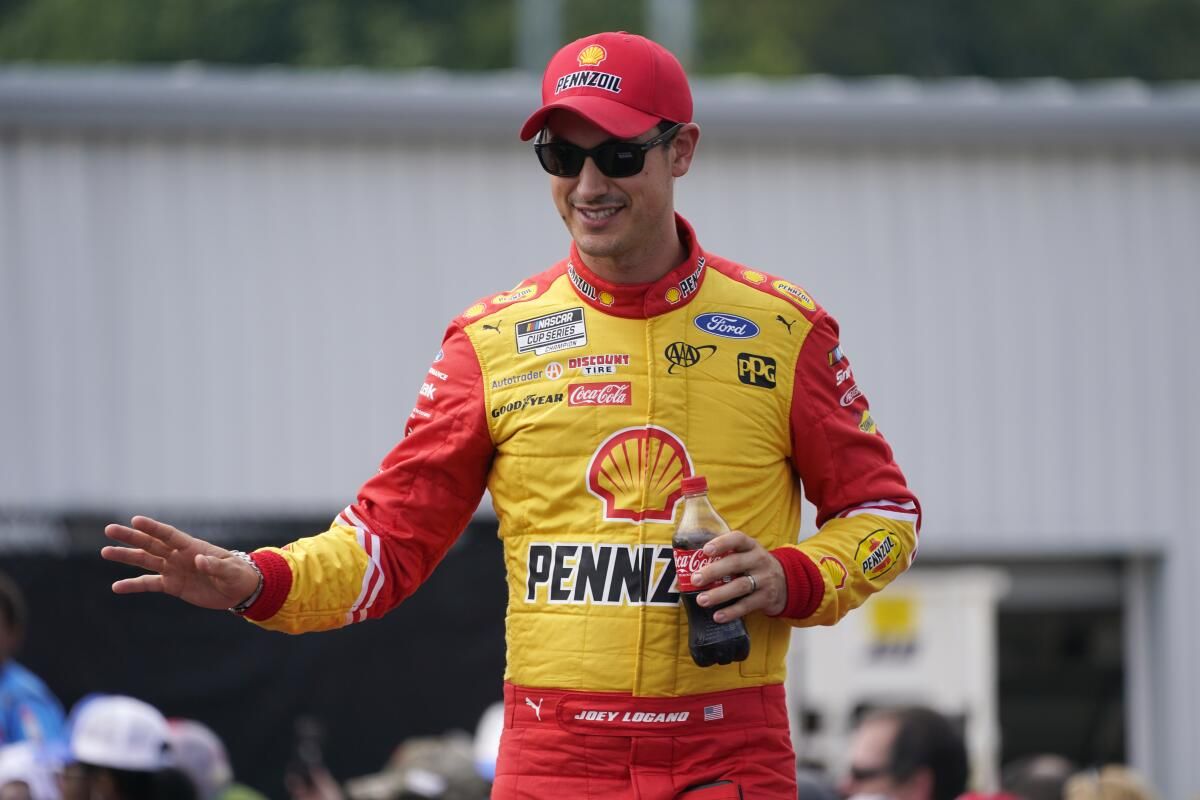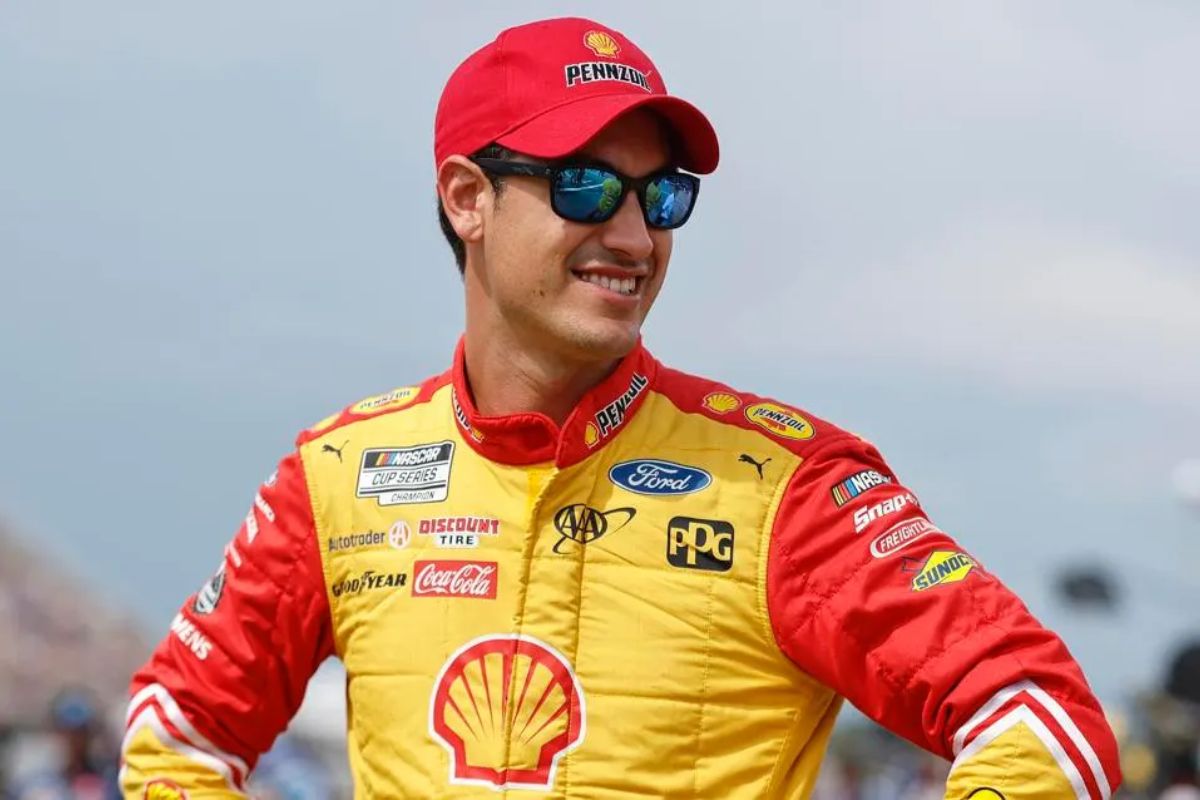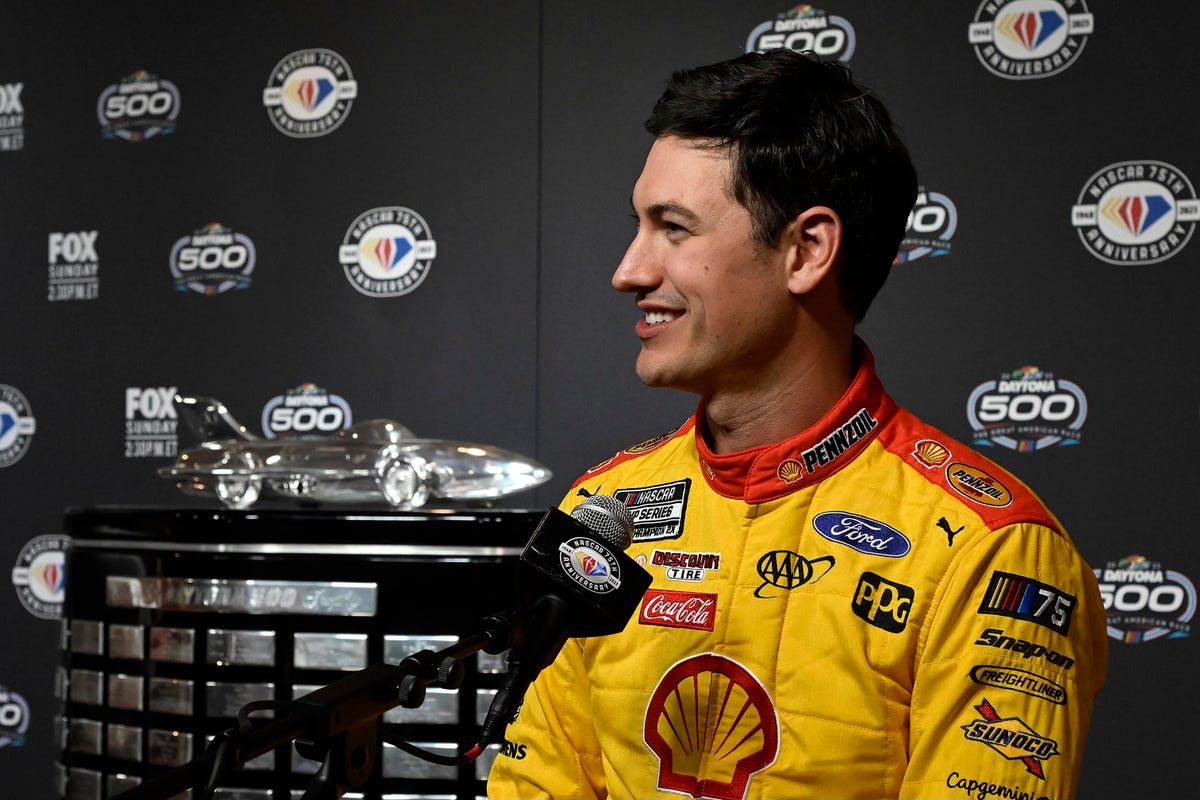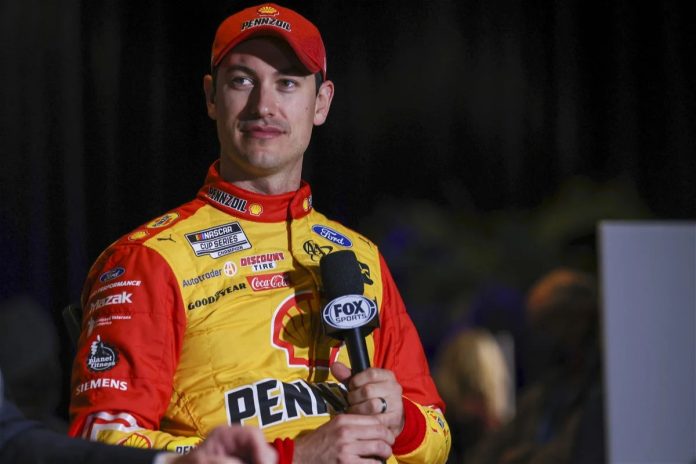Joey Logano’s Bold Statement: Joey Logano’s recent critique concerning the difficulties of overtaking in NASCAR, particularly with the Next Gen cars, sparks a significant conversation about the balance between regulation, car design, and driver skill. His pointed commentary not only questions the efficacy of current standards but also highlights a growing concern among drivers regarding how these factors cumulatively diminish the quality of racing.
Key Takeaways
- Joey Logano criticized the Next Gen car for limiting overtaking opportunities in NASCAR races.
- He expressed dissatisfaction with the new car dynamics and stricter regulations.
- Logano highlighted that the current racing environment prioritizes track position over dynamic passing.
- His feedback reflects broader concerns about the impact of car design on the quality of racing.
- Logano’s criticisms are part of a larger debate on enhancing NASCAR’s spectator appeal and competitiveness.
NASCAR’s Passing Predicament
In NASCAR, the introduction of the Next Gen car has greatly worsened the challenges associated with overtaking, particularly on superspeedways like Talladega and Daytona. The new vehicle dynamics and engineering adjustments have altered the aerodynamic properties and handling characteristics, leading to a more complex and strategic approach to racing. Unlike previous models, the Next Gen car presents a distinct airflow pattern and reduced drafting benefits, which critically impacts a driver’s ability to slipstream and execute passes.
This shift has transformed race strategies. Drivers now prioritize maintaining track position over the risky moves of overtaking. The implications are profound during races at superspeedways known for their high speeds and reliance on drafting. As observed in recent races such as the Daytona 500 and at Talladega, the pack remains tighter and positions change less frequently. The phenomenon not only alters the viewing experience but demands a reevaluation of tactical approaches by teams.
Moreover, the challenge is compounded by the need to manage fuel consumption carefully. The inability to easily overtake pushes drivers to conserve fuel by staying in line rather than attempting potentially unsuccessful passing tactics that increase fuel burn. This strategic conservation introduces a further layer of complexity and decision-making into race management.

Reactions from NASCAR Icons
Responding to NASCAR’s passing dilemma, iconic figures within the sport have voiced distinct perspectives, highlighting a deep divide in the racing community’s response to the Next Gen car’s impact on competition dynamics. The debate centers on whether the design and regulations of the Next Gen car improve or impede the quality of racing, particularly the ease and strategy of overtaking.
The differing opinions from NASCAR legends reflect a broader conversation about the evolution of racing and its impact on both drivers and spectators. Insights from these icons provide a detailed understanding of the ongoing debate:
- Richard Petty’s Traditionalist Viewpoint: Known for his remarkable track record and straightforward approach, Petty has openly criticized the move towards parity racing. His argument centers on the belief that racing should fundamentally reward skill and aggressive strategy, rather than leveling the playing field to a point where passing becomes an orchestrated rather than a natural aspect of racing.
- Joey Logano’s Practical Criticism: While not as vehement as Petty, Logano expresses discontent with the current state of racing under the Next Gen specifications. He describes the racing as ‘boring’ and indicates a frustration with the reduced ability to navigate and overtly challenge competitors on the track.
- Impact on Spectatorship: The stance of these drivers may influence fan perceptions and attendance. A thrilling race often depends on the ability to pass and the visible skill of drivers, which is currently under scrutiny.
Joey Logano’s Discontent
While numerous NASCAR legends offer their perspectives on the Next Gen car’s racing dynamics, Joey Logano’s specific grievances highlight a personal struggle with the implemented changes, particularly during the GEICO 500. Logano, who began the race in a promising 7th place, seemed to be maneuvering through the complexities of the race with a strategic approach, balancing speed with tactical pit stops and fuel conservation. Yet, his race narrative took a turn on lap 46. Overcome by an urge to push his limits, Logano was penalized for speeding on pit road—a mistake that cost him important positions and momentum.
Despite this setback, Logano’s resilience shone through as he secured victory in Stage 2. However, his success was short-lived. The race’s latter stages were tainted by multiple wrecks, which Logano could not evade, ultimately affecting his progress. These incidents highlight a broader discontent with the current racing environment, wherein even seasoned drivers find themselves at odds with unpredictable variables and stricter regulations.
View this post on Instagram

Logano’s Analysis
Despite a disappointing finish at the Talladega race, Joey Logano remains committed to a thorough analysis of his performance and the broader implications for race strategy with the Next Gen cars. Logano’s introspective approach is not just about rectifying a single race’s outcome but enhancing his understanding of the complex dynamics at play with the latest NASCAR machinery.
- Data Utilization: Logano emphasizes the importance of harnessing telemetry and race data to pinpoint where his approach could deviate from optimal. This includes scrutinizing lap times, tire wear, and fuel consumption rates.
- Team Communication: Effective communication with his crew chief and pit team during the race is crucial. Logano reviews radio transmissions to refine strategies and make sure that every team member is aligned with the race plan.
- Adaptation to Track Conditions: Each track presents unique challenges. Logano studies track conditions and how they evolve during the race to better anticipate strategic adjustments, particularly in response to weather changes or track wear.
- Competitor Analysis: Understanding the tactics and performance of competitors is vital. This involves reviewing race footage to assess how other drivers handle similar situations, which can provide insights for future races.
Insights into Passing with the Next Gen Car
Building on his meticulous analysis of race performance, Joey Logano has pinpointed a significant challenge with the Next Gen car: the marked decrease in passing opportunities during races. This observation raises concerns about the strategic dynamics of NASCAR racing and the general spectator experience.
According to Logano, the problem manifests as a static formation of vehicles, often stuck two-wide or three-wide, without making significant advances or retreats. This scenario not only limits the drivers’ ability to navigate and overtake but also potentially diminishes the excitement traditionally associated with NASCAR events.
Logano’s critique highlights a fundamental aspect of racing — the thrill of competition and unpredictability. His remarks suggest that the Next Gen car may be too optimized for stability and aerodynamic efficiency, possibly at the expense of agility and responsiveness. Such characteristics could lead to races where the ability to execute strategic passing maneuvers is notably impaired.

News in Brief: Joey Logano’s Bold Statement
Joey Logano’s evaluation of the Next Gen car encapsulates the significant challenges faced by NASCAR drivers, highlighting the urgent issue of diminished overtaking opportunities.
This situation calls for a strategic recalibration within teams, leveraging advanced data analytics and robust communication to optimize performance under new technical constraints.
As NASCAR continues to evolve, addressing these complexities will be pivotal for enhancing race dynamics and maintaining the competitive integrity of the sport.
Our Reader’s Queries
Q: What was the issue with Joey Logano’s gloves?
A: During Logano’s qualifying run at Atlanta, observers noticed a black glove on his left hand with webbing made of an unspecified material between each finger. Speculation arose that Logano had the glove modified to extend his hand out the window, potentially as an aerodynamic blocker during qualifying.
Q: Who did Joey Logano replace in NASCAR?
A: Following Tony Stewart’s departure from JGR, Logano stepped into his shoes, taking over the seat at the team. Stewart went on to form and drive for his own team, Stewart-Haas Racing, marking a significant transition in both drivers’ careers.
Q: Why did Joey Logano get fined for his gloves?
A: Logano faced a fine of approximately $10,000 for violating NASCAR’s safety code under “Driver Responsibilities & Driver Protective Clothing/Equipment.” NASCAR alleged that Logano’s glove had been modified, as reported by NBC Sports. Evidence surfaced from an in-car camera during Saturday’s qualifying session, prompting the sanction.
Also Read: Joey Logano’s Fuel-Saving Nightmare: Next Gen Chaos Unleashed


